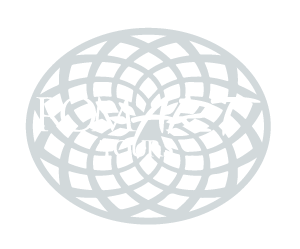Testaccio: a Pyramid, two cemeteries, some cats and lots of street art
In Rome, just 2 metro stops from the Colosseum, you can immerse yourself in one of the most diverse and intriguing districts of Rome: Testaccio.
Getting off the metro, you’ll be stunned at finding yourself slap up a Pyramid, a monumental tomb dating back to 2000 years ago: a perfect reminder of the global span of the Roman Empire, at one time comprising most of Europe, northern Africa and the Middle East.
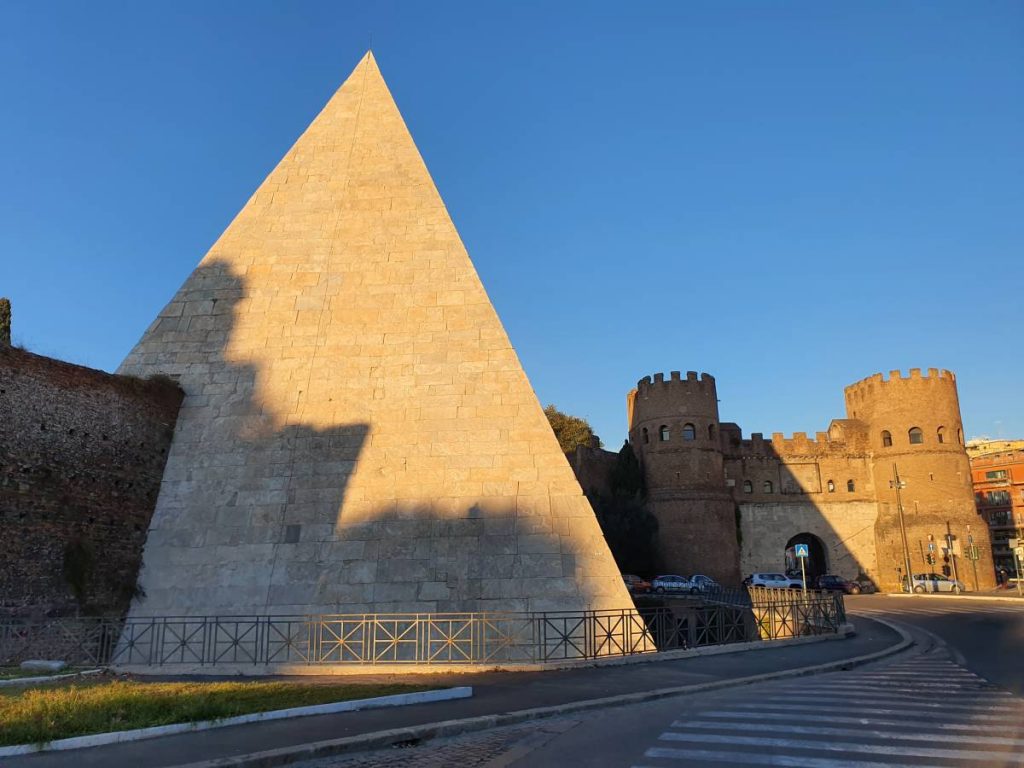
Rome, the melting pot: Egyptian culture mixing with other Middle Eastern influences in this area, that used to house the port of Rome.
Bearing testimony to the busy trading routes, we can still see the 50 m high Mount of Shards (Monte dei Cocci, or Mons Testaceum in latin) that gives its name to the neighborhood, formed by the debris of about 53 million amphorae used to ship oil and other supplies to Rome from all over the Roman Empire.
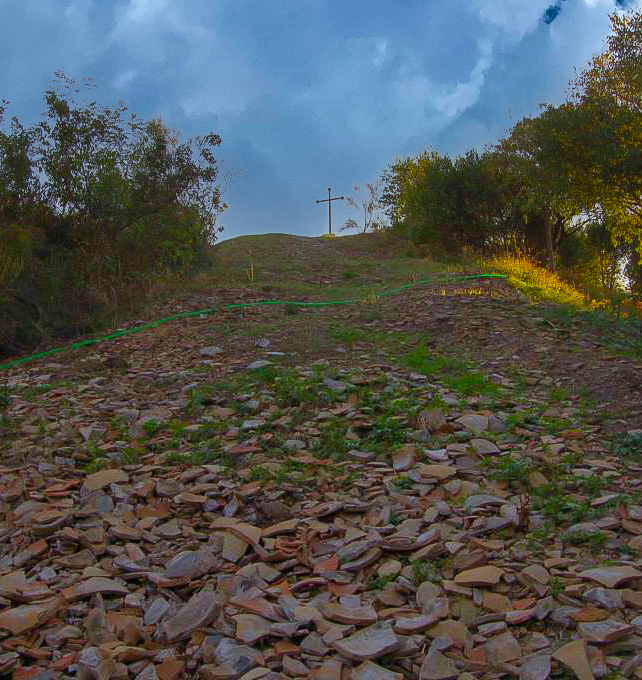
It’s funny how the essence of this area didn’t really change that much since ancient times: it’s always been a down-to-earth, hard-working district.
Look around for the traces of Rome’s industrial past, like the Centrale Montemartini, an amazing museum where ancient statues and mosaics are displayed amidst the machines of the former electricity plant.
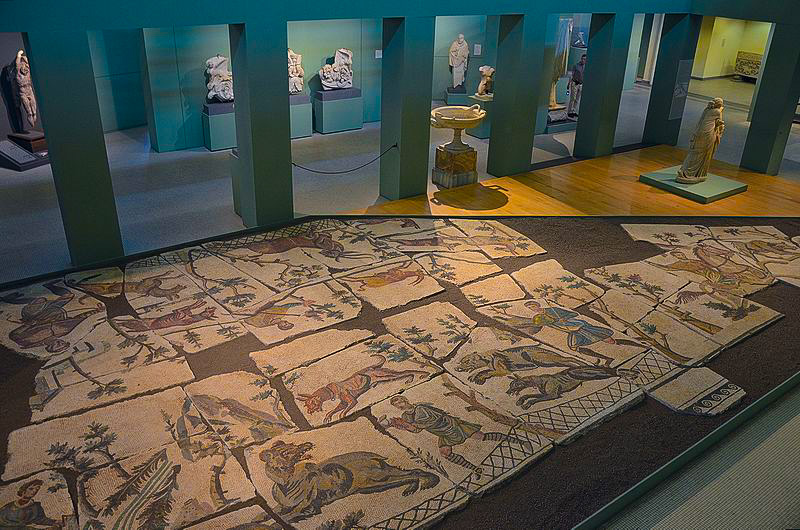
Or the Mattatoio, the former slaughterhouse dating back to the 1800s, now crawling with students since it houses a contemporary art space and architecture school. This is the true birth-place of modern-day Testaccio: it was once the largest and more technologically advanced slaughterhouse in all of Europe, and the public housing project surrounding it was built to accomodate the men working here.
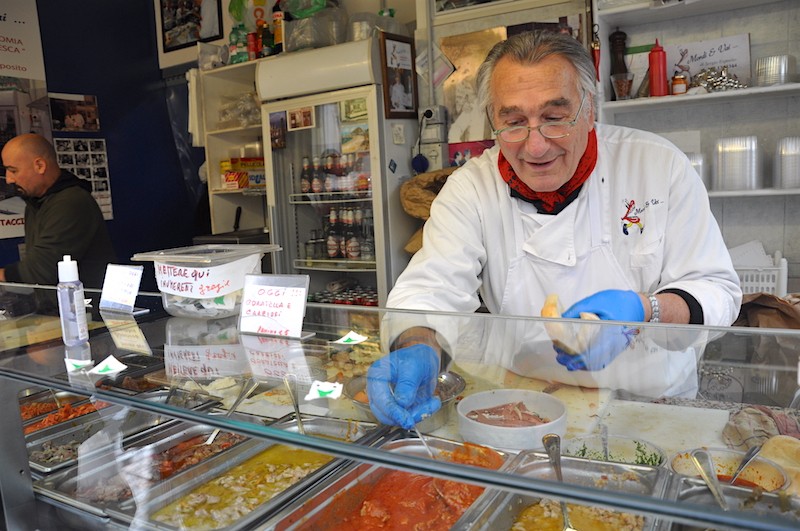
Most visitors coming to this area head to the Testaccio market to walk around the stalls offering fresh produce as well as all kinds of street food, and of lately, food tours of the market have become increasingly popular.
The market is a great place to experience first-hand the evolution of the Testaccio neighborhood, from working-class area to alternative art scene and hipster night-life hub (notice the many striking paintings on the buildings, which have turned Rome into the world’s street-art capital).
But Testaccio is also home to two very special venues: the Cimitero Acattolico (aka the Protestant Cemetery) and the Commonwealth War Cemetery.
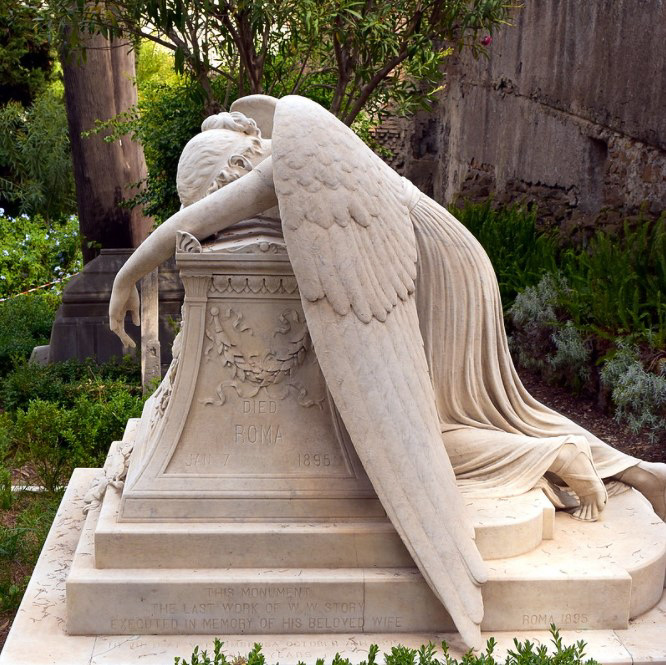
The non-Catholic Cemetery goes back to the early 1700’s, thus being the oldest burial grounds in continuous use in Europe. It is widely known as the Protestant Cemetery although it contains the graves of many Orthodox Christians, Jews, Muslims and other non-Christians.
It is the site with the highest density of famous and important graves anywhere in the world: it is the final resting-place of the poets Shelley and Keats, of many painters, sculptors and authors, a number of scholars, several diplomats, Goethe’s only son, and Antonio Gramsci, a founding father of European Communism, to name only a few.
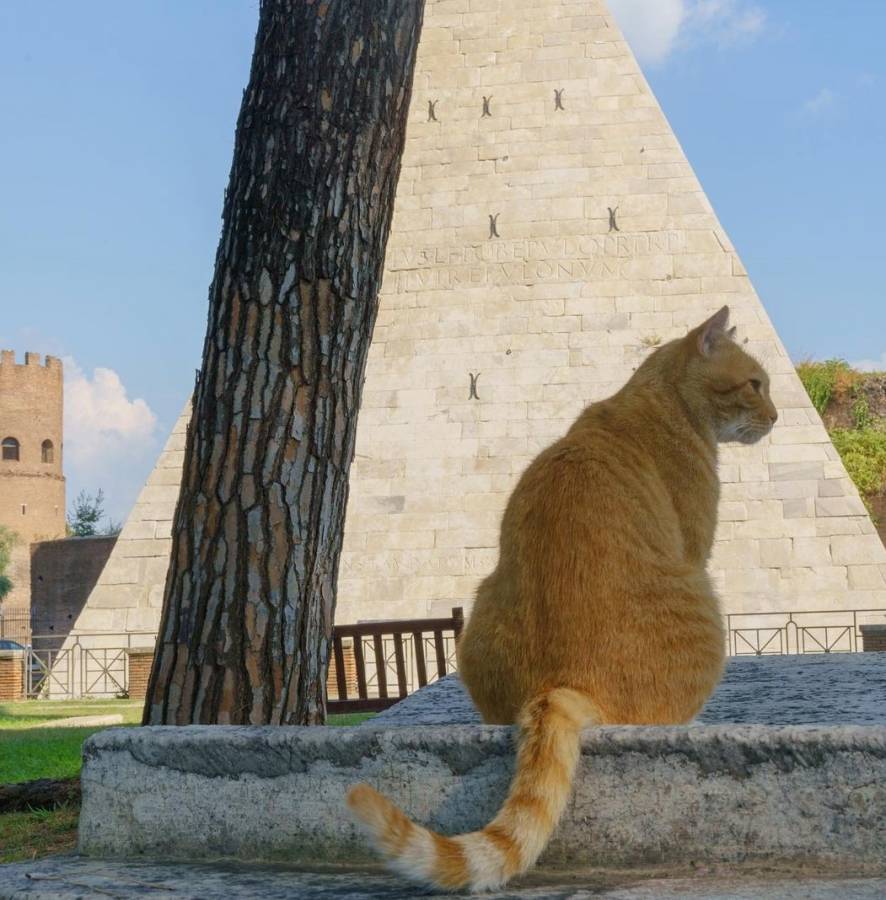
Besides, it is extremely peaceful and serene, with cypress trees and pines and splendid views of the Pyramid. It’s also home to one of the city’s cat sanctuaries.
Just a few steps away, we are suddenly transported into another era altogether, reaching the Commonwealth Cemetery of WWII.
This is the resting-place of many Canadians, Indians, South Africans, Aussies and Kiwis who fought in the Commonwealth forces in WWII, and who lost their lifes to liberate Italy from German occupation.
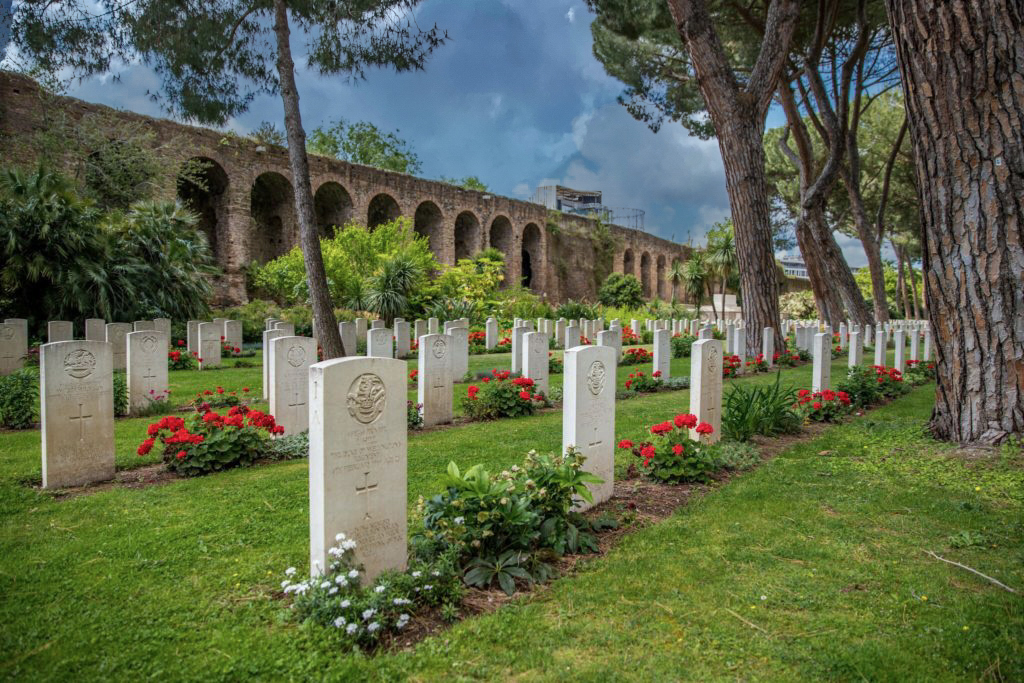
Opening the wrought-iron gate, you find yourself magically removed from the hustle and bustle of the city, immersed in an oasis of peace, where the umbrella pine trees shade the perfectly maintained lawn, strewn with white crosses adorned with red flowers.
The ancient Roman city wall encloses the cemetery on one side: build to keep out the barbarians in the 3rd century, it is over 19 km (13 miles) long, one of the most understated ancient monuments of the Eternal City. Behind the wall, the gasometer, a relic of Rome’s industrial past, peeks out, making you feel like you just walked into a film by Ferzan Ozpetek.
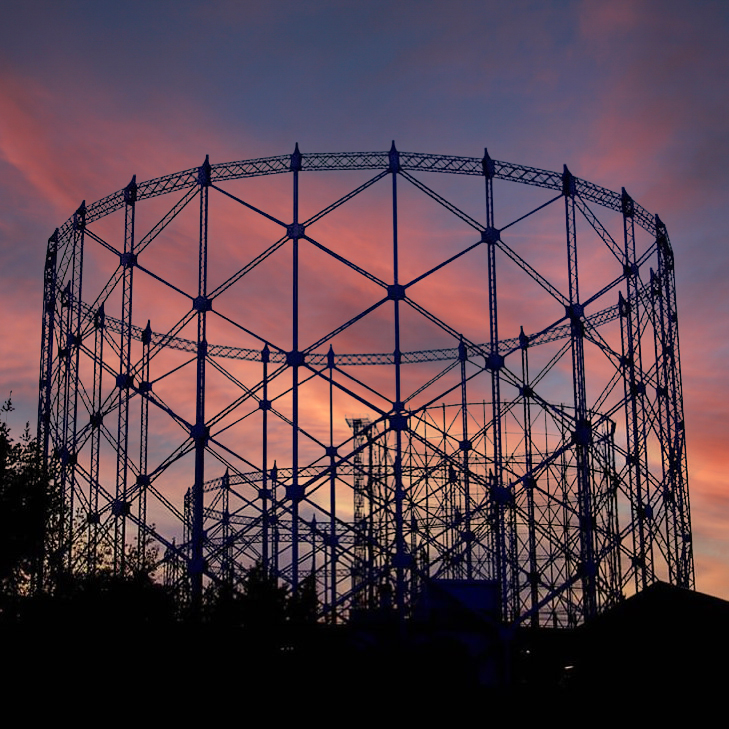
After exploring this vibrant neighborhood, it’s time to try one of the many trattorie (family-run restaurants) of the area! Testaccio may not be as popular as Trastevere as a dining out area, but is way more authentic. For a real taste of the typical Roman dishes (think amatriciana, carbonara, coda alla vaccinara…) this is the place to be. Felice, Flavio al Veloavevodetto, Conciabocca are just a few names every fan of hearty, authentic, no-frills Roman cooking is familiar with! Find your own favourite…
